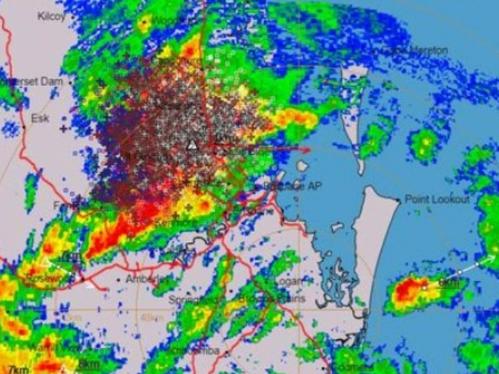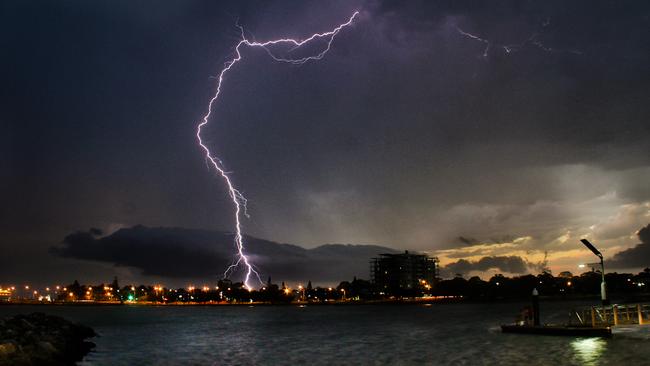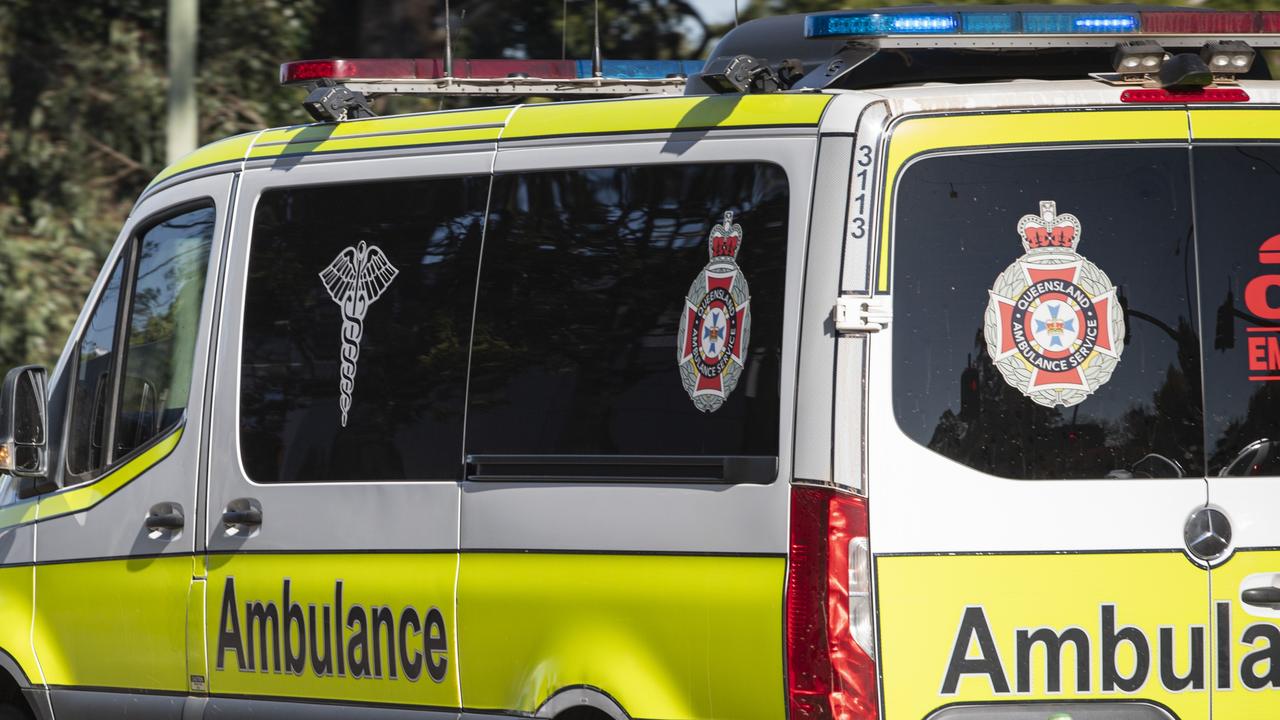Experts explain why some places are more prone for lightening strikes amid locals fears
A lightning studies expert has explained why a Redcliffe street seems to be a magnet for lightning strikes after a house caught fire when it was hit by yet another bolt landing in the street.

Moreton
Don't miss out on the headlines from Moreton. Followed categories will be added to My News.
A lightning expert has revealed the reason why a Scarborough street, the site of a house fire caused by a lightning strike Wednesday night, is a frequent landing zone for the dangerous bolts.
Residents of Daniel Court said Wednesday night’s event was the — the second strike in the past two years — and the third strike in 40 years.
“This house was struck 40 years ago and two Christmases ago the house next door.
“I wouldn’t say we’re notorious, just unlucky,” one Daniel Court resident was quoted as saying.
University of Queensland faculty of medicine, general practice clinical unit professor Chris Andrews — who is also an electrical engineer with a PhD in lightening studies — said that while weather patterns and topography could make storms more or less likely in a particular area, there was usually nothing “special” as far as the nature of the storms themselves.

“In south east Queensland we have these wonderful storms that develop up on the mountains and then sweep down across the coast and out to sea,” Prof Andrews said.
“If a storm is discharging lightning, there are certain features on the ground that make it more, or less likely, to be struck.”

This can include towers, tall trees, telephone poles and transmission lines.
More than 200,000 lightning strikes hit Southeast Queensland during Wednesday night’s wild storms.

Scarborough resident Russell Moore filmed a huge lightning strike during the storm.
Mr Moore later confirmed his camera was pointing in the direction of Daniel Court, where a suspected lighting strike lead to firefighters battling to control a blaze in the ceiling of a home.
“People should not shelter under trees, if the tree is struck the lightning can jump across to the person. The best place for a person to hide is inside in a well enclosed building”.
“People stuck in a storm should use the 30/30 rule – If you’re seeing lightning and cannot count to 30 before hearing thunder, lightning is close enough to be dangerous, and you should stay indoors for at least 30 minutes afterwards.
“There’s an old saying they used to say, ‘when thunder roars, stay indoors’”.





